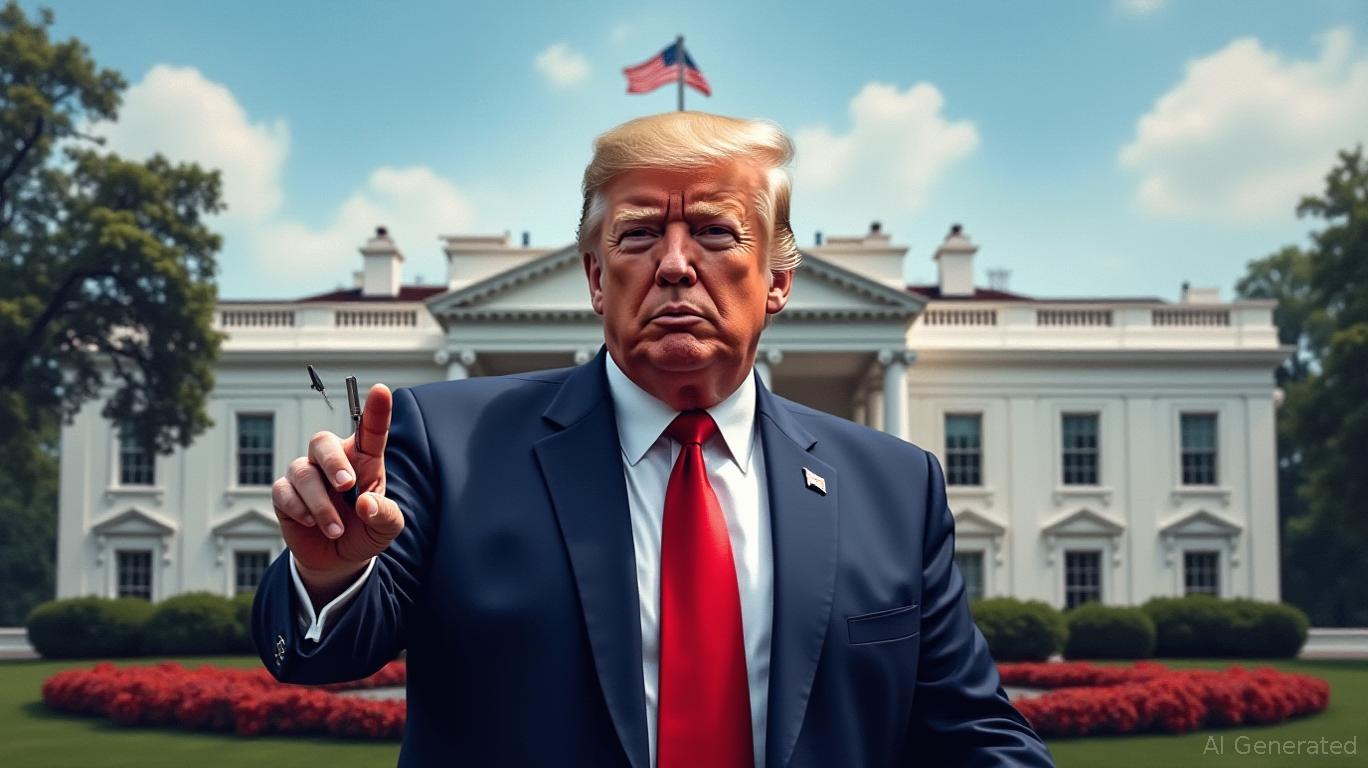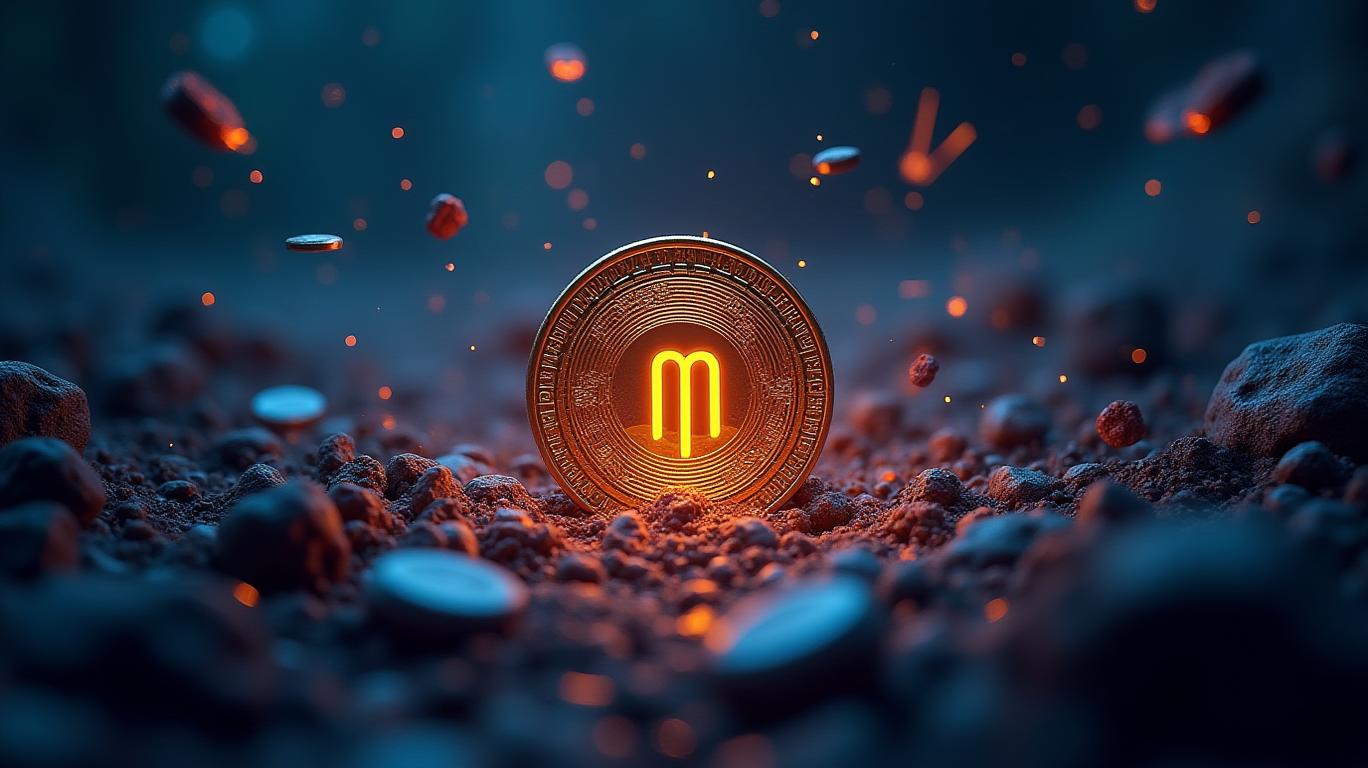Mantra DAO Clarifies 90% of OM Token Supply Never Controlled by Team
Mantra DAO, a decentralized finance (DeFi) platform, has recently addressed concerns surrounding the management and distribution of its native token, om. The platform has clarified that 90% of the OM token's circulating supply has never been under the control of the team, aiming to alleviate fears of insider manipulation or a rug pull. This revelation comes after the OM token experienced a dramatic 90% crash on April 13, which the team attributed to forced liquidations and market manipulation.
The crash sparked rumors and speculation within the community, with some traders suspecting that the team had sold off a significant portion of the token supply. These rumors were fueled by the token's flawed tokenomics, including an oversupplied circulating supply and questionable on-chain activity. The team's allocation of 17.5% of the total supply to team members and advisors, which was locked for the first 180 days post-TGE, added to the community's concerns.
Mantra DAO has also been accused of manipulating liquidity metrics for the OM token by exploiting vulnerabilities in data aggregators' self-reporting mechanisms. This alleged manipulation further eroded trust in the platform and contributed to the token's dramatic price decline. The team's response to these allegations has been to emphasize the transparency of their token distribution and to reassure the community that the majority of the circulating supply has never been under their control.
The circulating supply of the OM token is approximately 963,157,848, excluding tokens that are locked or reserved. The team's clarification aims to restore confidence in the platform and to address the community's concerns about the token's management and distribution. By highlighting the fact that 90% of the circulating supply has never been under their control, Mantra DAO seeks to demonstrate their commitment to transparency and to reassure investors that the token's value is not artificially inflated or manipulated by insiders.











